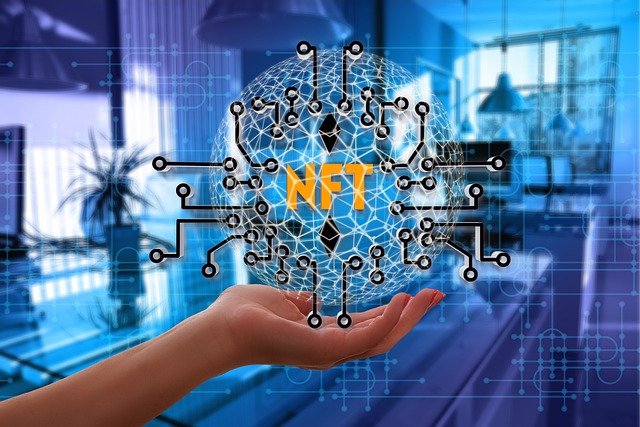
Non-Fungible Tokens (NFT)
Blockchain has cleared the door for future technological breakthroughs such as Decentralized Finance, Non-Fungible Tokens, and much more. Non-Fungible Token (NFT) is briefly discussed here.
Everything around us is moving towards digitalization in the current situation. Blockchain is an amazing technology that is beginning to change the world for the better.
Let’s have a look at Blockchain before we get into the NFT.
Blockchain is a distributed shared ledger technology that allows members to add data to blocks. A blockchain is a collection of blocks that have been encrypted with hash algorithms.
There are three distinct aspects of blockchain:
Shared distributed ledger – decentralization
Immutable – Once data is input, it cannot be changed.
Transparency means that everyone involved in the transaction can see it.
Let’s take a look inside our non-fungible token, shall we?
Token that is not fungible
Non-fungible tokens are non-fungible digital assets that have unique values. The goal of NFT is to digitalize artworks using a secure Blockchain platform.
Non-fungible refers to the fact that the assets cannot be fractioned or proportioned. For example, if you have 1000 rupees, you can divide it into 10100, 101010, 5020, and so on.
In the case of NFT, however, they are unable to fraction it.
The digital asset’s value and ownership details are stored in the NFT.
NFT can assist artists in showcasing their artistic talents to the world via the internet.
Authenticity – Assists with the authorization of ownership.
NFT are stored safely and securely.
Integrity – NFT are immutable and unified into a single entity.
NFT’s are distinct from one another and are not interchangeable.
Existence of NFTs – NFTs created on various blockchain platforms.
Standards for NFT Tokens
The NFT coins are blockchain-based tokens. Ethereum, for example, uses several token specifications such as ERC20, ERC721, and ERC1145.
NFT uses a variety of token standards while building on the Ethereum Blockchain, including as
On the Ethereum Blockchain, ERC-20 NFT coins were generated using the ERC-20 standard. The ERC-20 standard is a collection of rules and regulations that must be followed by particular items in order to ensure interoperability and adaptability across Ethereum-based exchanges and crypto wallets.
721ERC
ERC-721 demonstrates non-interchangeable special assets. Asset tokenization is indivisible. Smart contracts for ERC – 721 tokens can be customized. Ownership information is stored in smart contracts. They don’t have any pre-set rules, but they do provide a high level of openness, security, and immutability.
ERC-1155
ERC-1155 is a fungible and non-fungible token standard. This standard is utilized for gaming tokens since it reacts swiftly when compared to other standards.
ERC-1155
The ERC-1155 token standard allows for both fungible and non-fungible tokens. When compared to the other two token standards, this one is used for gaming tokens because it responds quickly. For instance, if the user wants to trade tokens with various features such as guns and suits for various character differences and their specific qualities. It is insufficient for gaming platforms in the case of ERC 721.
NFTs’ Purpose
The NFTs use the blockchain technology to exhibit the skills of competent people. Artists are exploited by middlemen/sponsors/display organizations, etc. before NFTs. Because they rely on middlemen, artists negotiate their demands.
The Middlemen establish the price value for the masterpiece of the painters. As they rely on others, the artists negotiate their price values.




